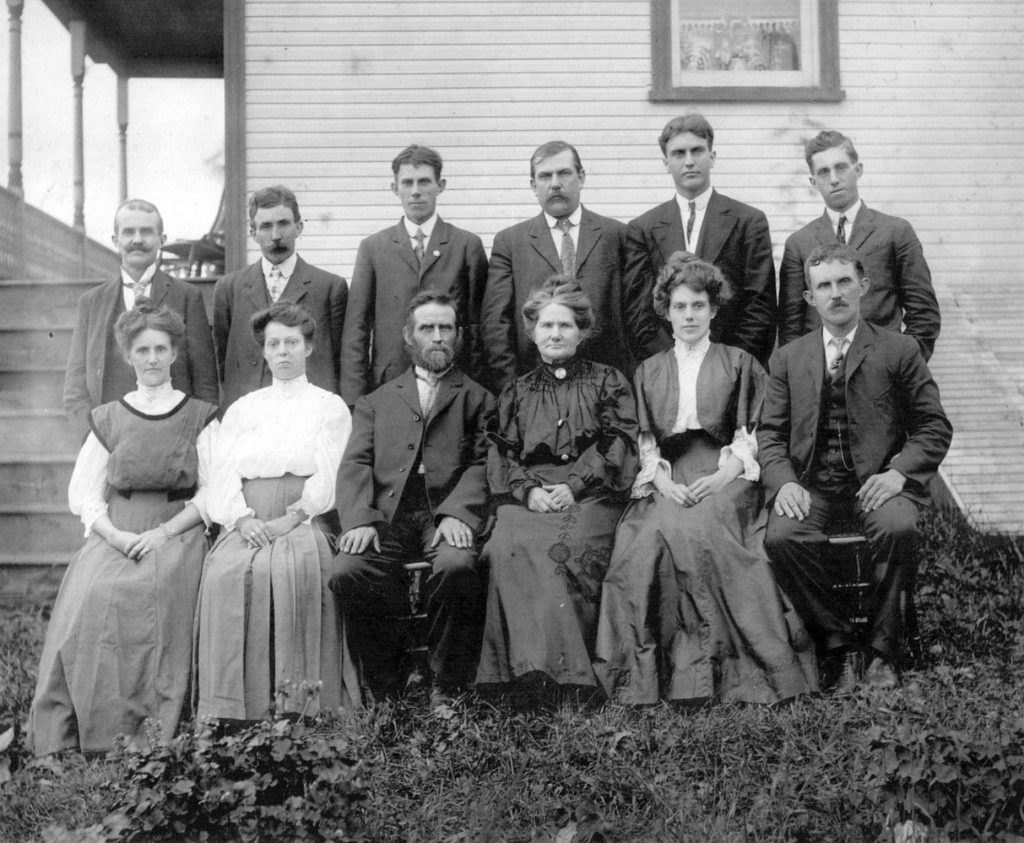
After the first generation builds a fortune, many headwinds emerge. Taxes take a toll, along with inflation, and a growing number of heirs with expensive tastes and modestly productive careers. Internal family conflicts, bad communication, and ultimately bad decision making also can play a key role. Sadly divorce, litigation, and substance abuse are also compounding factors.
Need an illustration? Read Beer Money: A Memoir of Privilege and Loss by Frances Stroh, heir to the Strohs’ beer fortune in Detroit. This is a beautifully written, first-hand account of how rapidly a huge family empire can disappear.
Preventing the “third generation” rule
There are steps that wealthy families can take to protect their hard-earned successes from being lost by successive generations.
Some “Third Generation” Proverbs
Scottish: The father buys, the son builds, the grandchild sells, and his son begs.
English: Clogs to clogs in three generations.
Japanese: Rice paddies to rice paddies in three generations.
Chinese: Wealth never survives three generations.
Portuguese: Rich father, noble son, poor grandson.
German: The father creates it, the son receives it, the grandson ruins it.
Managing a family’s wealth has two core pieces. The first is investing and estate planning: Maximize returns, manage risks, and pass assets between generations in an income tax and estate tax efficient manner. Families, accountants, attorneys, and advisors spend most of their energies managing these activities.
However, equally important is the second piece: To prepare the second and third generations to inherit wealth. This piece is so often ignored, it might be considered the “secret sauce” of successful families.
The process of preparing future generations is undoubtedly easier said than done. It involves providing tools to help heirs navigate future challenges, introducing concepts of financial literacy and communication, and sharing family values.
These discussions help anchor large families that seem to have more differences than similarities.
Shared Family Values
Demographers love to point out the differences between The Silent Generation, Baby Boomers, Gen-Xers and Millennials. But no matter how many differences seem to be within a family, there are shared family history and values.
Wells Fargo Private Bank surveyed more than 1,000 people aged 16-26 on topics including education, hard work, enjoying life to the fullest, and charity. The results showed that they cared more about their parents’ values than their parents’ money (Barron’s, Jan. 9, 2019).
While few would be surprised that this age group focused on “enjoying life to the fullest here and now,” data also exposed a significant communication gap. Young adults believed their parents either didn’t talk about values, or they didn’t share the same values.
If wealthy families can bridge this communication gap, they may be surprised to discover more shared values than they expect.
Stories of Hardship, Adventure and Risk
One clever way of bridging this communication gap is storytelling. Ideally first-hand, stories about highs and especially lows in the lives of older generations can be very illustrative to younger generations. For public radio fans, consider the impact of the stories from The Moth podcast (www.themoth.org) or StoryCorps (www.storycorps.org).
While stories about successes may be more fun and rewarding to egos, heirs learn just as much from their parents’ and grandparents’ failures, challenges, and losses. Stories containing emotion, hardship, adventure, and risk have nat-ural hooks in them that are easy to remember.
Family gatherings that bring distant relatives together are a great occasion for these stories, as highlighted in “The Secret Benefits of Retelling Family Stories: Children learn about family history and identity through stories told by older generations (Wall Street Journal, Nov. 11, 2019). One expert said that stories “provide not just a script for life, but a set of values and guideposts.”

Visualizing Family History
But is dinner table discussion enough time and the right venue to share values? Yes, but perhaps a more vivid example is in your storage area. One of our clients found six hours of old black and white, 16mm film shot by a family member from 1930 to 1980. The mostly silent film contained images of family holidays, weddings, and birthdays, as well as international travel, homes, and pets.
With the help of a professional filmmaker, the family narrated a 25-minute digital highlight reel to provide context to the images. The film’s timeline spans four generations of the family, is memorable for the generations involved, and its audiovisual history will be valuable to the generations to follow.
* * * * *
Strategies for 2020
Have you set any financial goals for this year? Now is a good time to identify a few important milestones to reach before December. Set a mix of goals, with some related to investing and estate planning, and others related to preparing your heirs to inherit wealth. If you are interested in ideas, Conifer Bay Capital can help.

